First aid skills are more important than gun skills.
Shoot, that’s controversial, isn’t it?
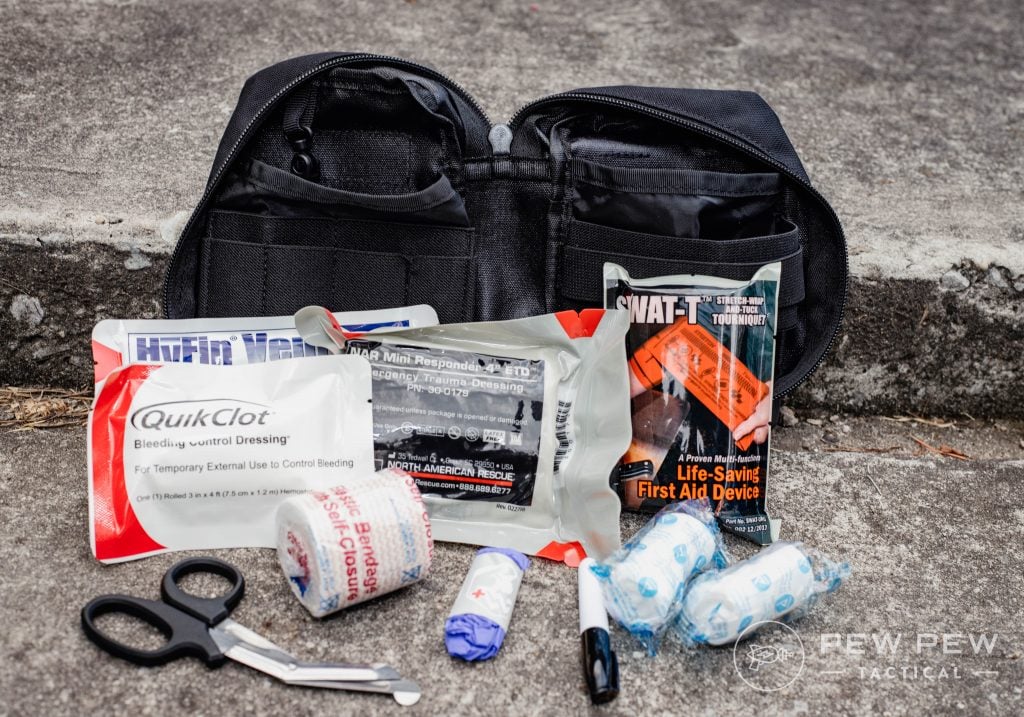
“How can you even say that? This is Pew Pew Tactical, is it not!?”
I know, I know — but hear me out.
Understand that I’m most certainly not arguing against the importance of guns. I wholeheartedly agree that carrying every day is a good thing.
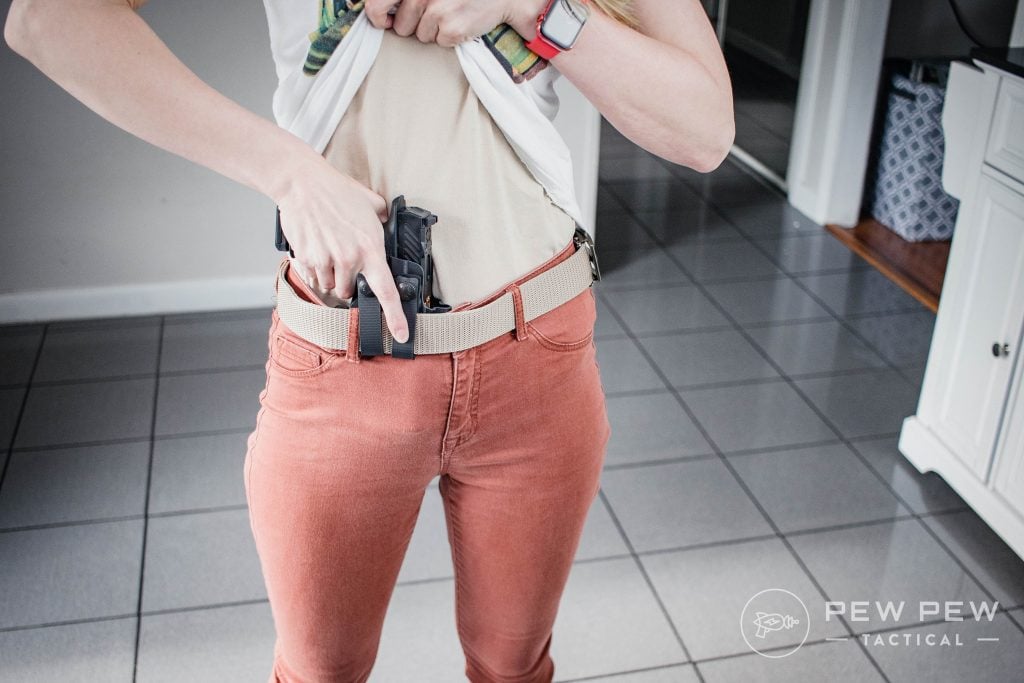
However…
When was the last time you had to use your gun in a self-defense situation?

Within my own life, I can think of probably five different times things could have escalated very quickly and for which a holstered gun was/could have been a source of comfort.
I genuinely believe that every patriot should carry a weapon on their person at all times. By no means am I saying that a gun is a useless piece of equipment.
However, when I think about the number of times that I’ve had to use first aid gear, I quickly lose count.
Table of Contents
Loading…
Are the Odds in Your Favor?
Lacerations, burns, impalement, amputations — they all happen.
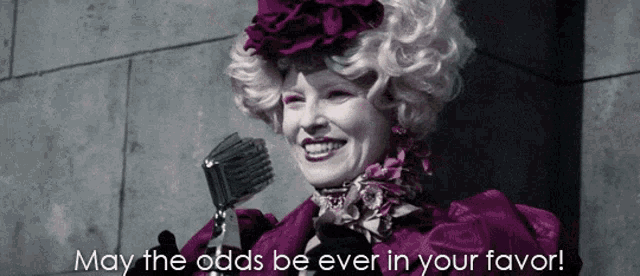
“But that’ll never happen. I live a pretty boring life.”
Listen, the odds aren’t in your favor here. I’m not hoping or saying that something bad will happen to anybody around you, but accidents do happen.
America has a population of roughly 333,075,881 people. There are 39.5 million doctor visits per year and 24.5 million emergency room visits per year for unintentional injuries.
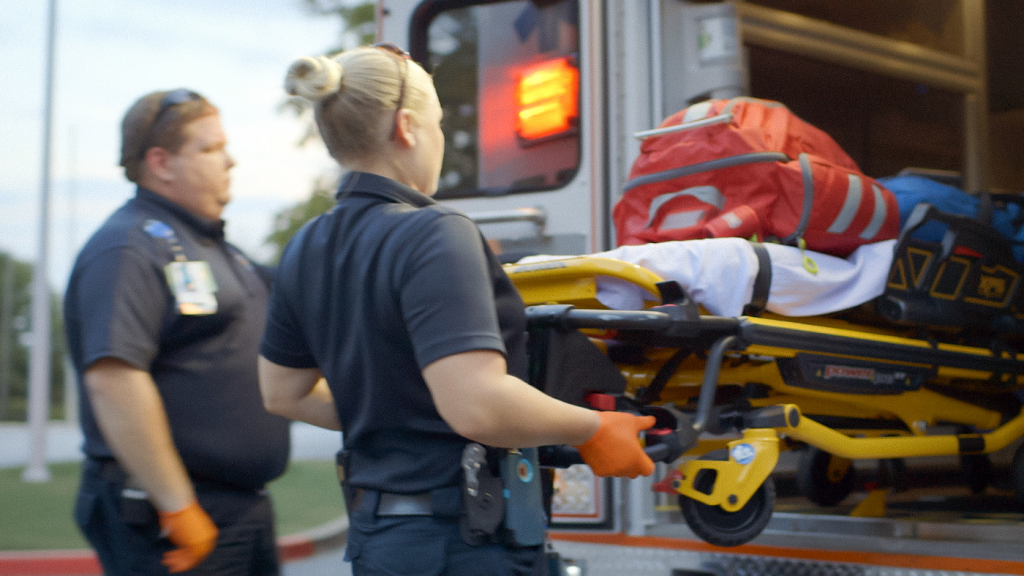
For the sake of argument, let’s assume that each of those visits is from a different person. Let’s also assume that those who see the doctor for an injury don’t get shipped off to the emergency room.
That would mean roughly 19% of Americans will see a doctor or ER in any given year for an accidental injury. That’s 1 out of every 5 people you meet on the street.
“I think you are more often to use your first aid skills more often [than your firearm skills] in the real world,” Dietrich Easter, also known as Skinny Medic on YouTube and social media, told me.
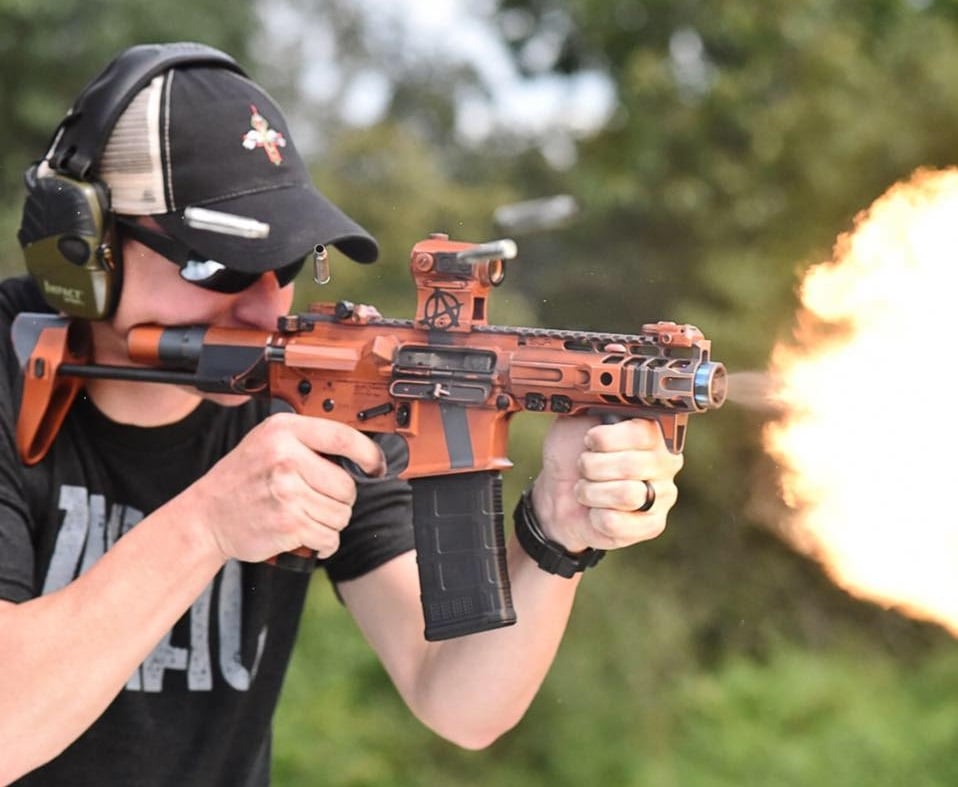
“How many times has a friend or family member gotten hurt while hanging out? How many car wrecks have you seen where first responders haven’t made it on the scene yet?”
The point is that there’s a very good chance somebody around you is going to need medical help at some point.
How Fast Do First Responders Show Up?
Here’s something else to ponder — how fast are the paramedics liable to show up should you call 911?
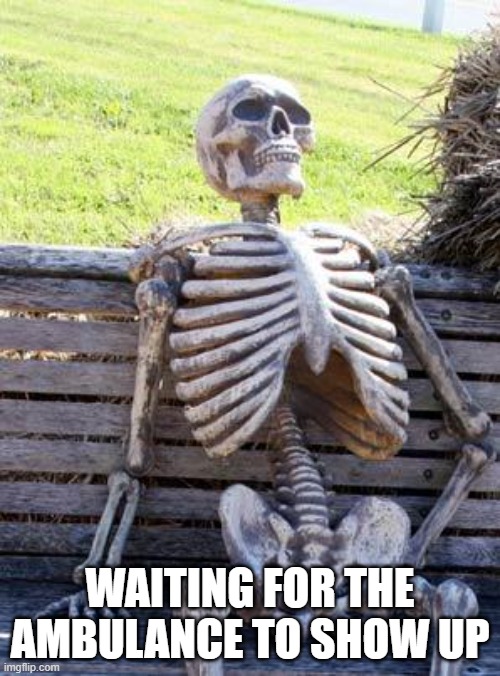
I used to be involved in patient care. I’ve had to call 911 plenty of times, and I can assure you they rarely show up as fast as you would like. That’s not a knock against paramedics out there, but if you live in a rural county with only four ambulances, you’re bound to receive extended waiting times.
Currently, the average ambulance in the U.S. shows up 15 minutes and 19 seconds after you call 911. A lot can happen in 15 minutes; people can die in 15 minutes.
Do you have the necessary training and gear to keep those people alive within that time frame?
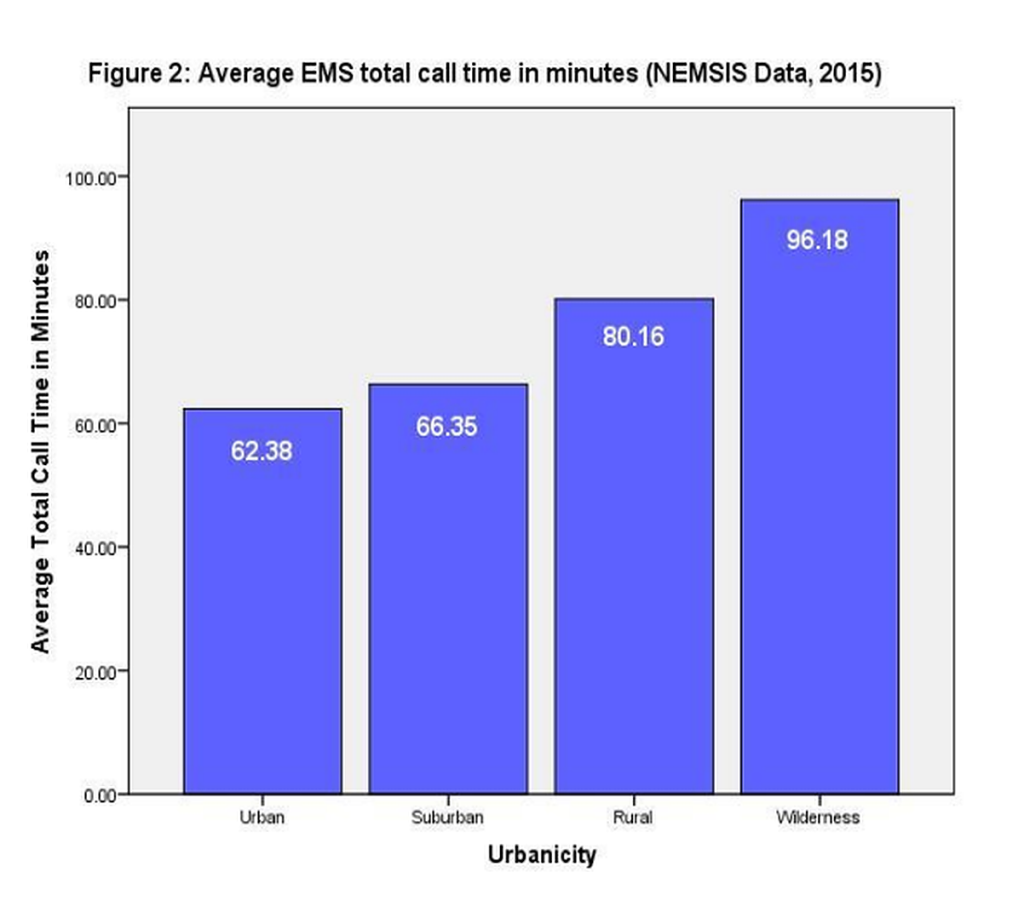
If you live in Vermont, Montana, North Dakota, or Kansas, you’re looking at an average wait time of roughly 21 to 22 minutes. Live in Wyoming? It’s going to take an average of over half an hour before EMTs arrive on site.
Again, do you have the training and gear necessary to keep somebody breathing throughout that time? Those two variables can be the difference between life and death for those you love.
What First Aid Gear Should I Carry?
One of the things that I learned while working as a personal trainer is that convenience matters. The easier I could make it for somebody to eat healthily and get to the gym, the more likely they were to do so.
This same principle of convenience can also be applied to many other facets of life.
Prices accurate at time of writing
Prices accurate at time of writing
-
25% off all OAKLEY products - OAKLEY25
Copied! Visit Merchant
And, as you guessed, carrying first aid gear is no exception to this principle.
It’s not convenient to carry around a full field hospital kit or have it sitting in your car way out in the parking lot when you need it most.
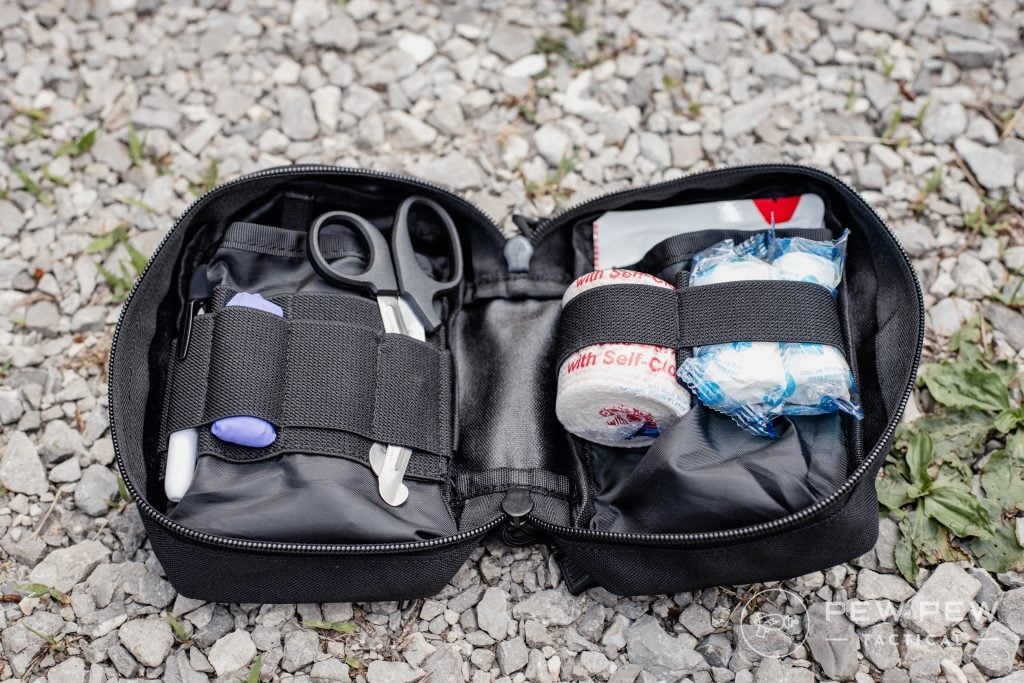
You won’t always have your EDC bag on your person, so you need something that is guaranteed to be with you at all times.
That said, I would consider this more of a trauma kit than a true first-aid kit.
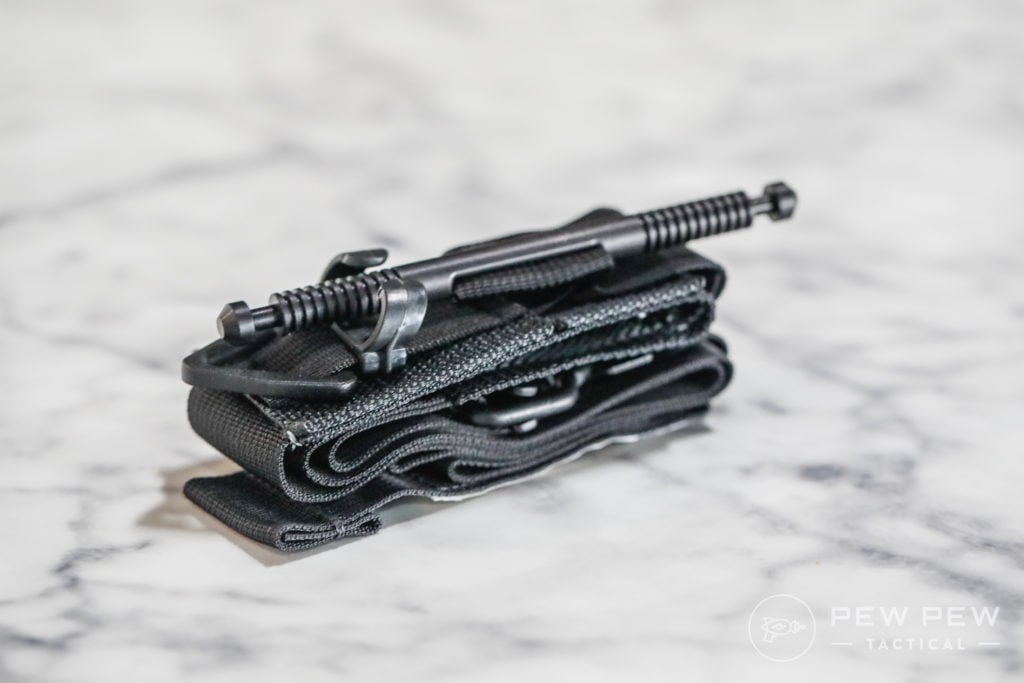
Gloves, QuickClot, and a tourniquet — that’s the trauma kit. Combine that with proper training, and you’ll have what you need to keep people alive until you can retrieve your larger kit or professional help arrives.
These items can easily fit in a pocket and be forgotten until needed. There’s no bulk, no burdensome weight, and they’ll help you get the job done when it matters most.
Skinny Medic also recommended having something on hand to stop stopping a bleed. We already mentioned a tourniquet, but he also recommends hemostatic dressing.
Prices accurate at time of writing
Prices accurate at time of writing
-
25% off all OAKLEY products - OAKLEY25
Copied! Visit Merchant
But why carry hemostatic gauze and tourniquets ON you?
“It takes three minutes to bleed out from a femoral artery bleed. You may not have time to make it to your vehicle,” he explained.
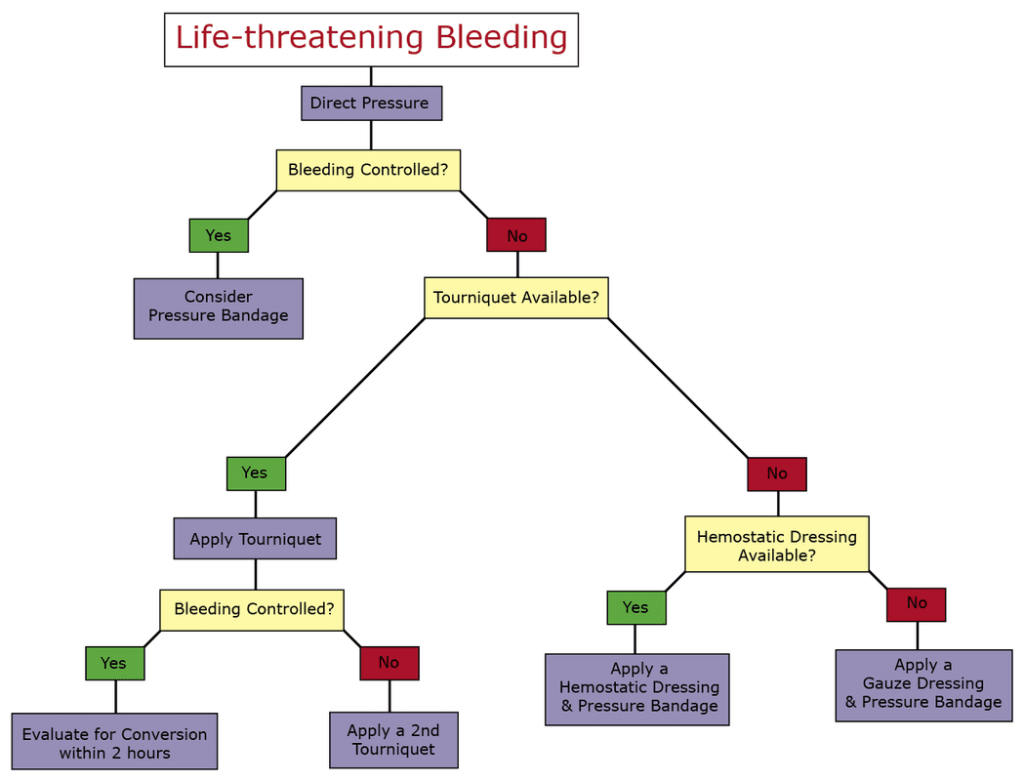
Best Way to Carry First Aid Gear
So, what’s the best way to carry this gear? Sure, pockets are great, but if you want to carry Benadryl, aspirin, and bandages, there has to be a more convenient means of carrying everything, right?
Ankle kits are a good way to start carrying gear without lugging around a backpack’s worth of gear. These kits can also be easily tossed into a range bag or other tote.
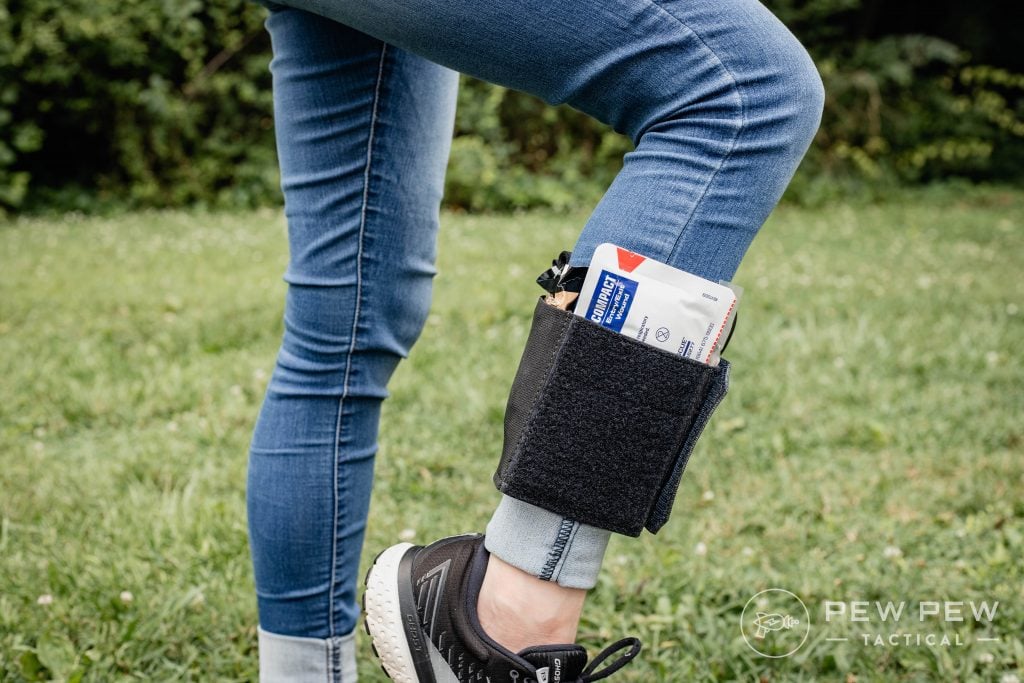
First Aid Gear vs. First Aid Training
It’s not enough to just have the gear, though — you have to know how to use it.
The man who buys an AR-15, never shoots it, and leaves it sitting in his gun safe isn’t as prepared as he thinks he is. Proper training is paramount.
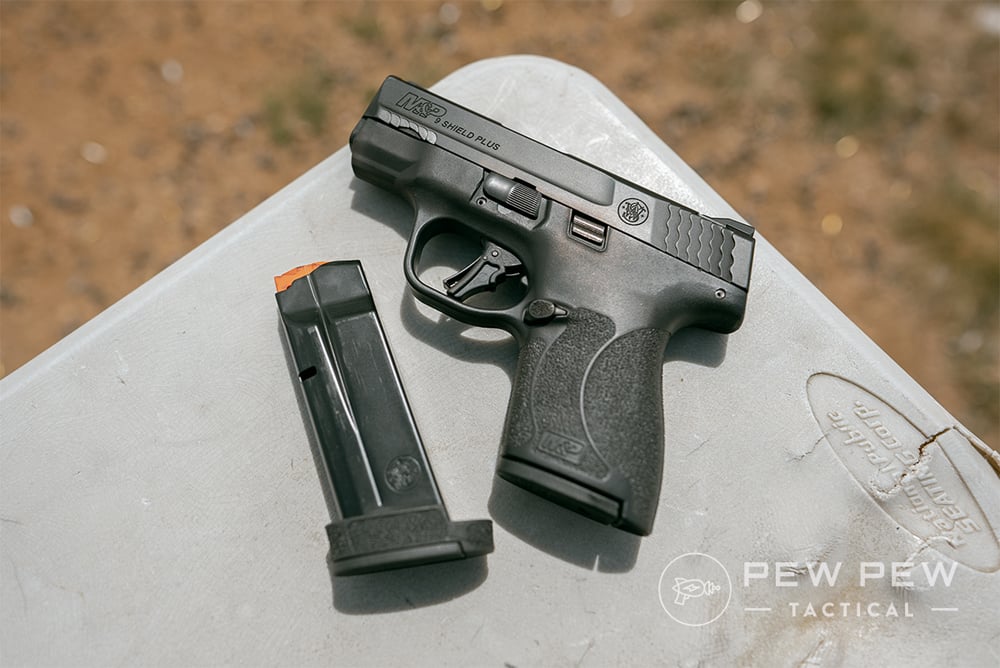
In the same vein (pun intended), buying a chest seal package, tourniquet, and other gear doesn’t do much good if you don’t know what to do with it.
So while investing in gear, also invest in training. We have a full rundown of some of the best beginner intermediate-level first aid classes.
Final Thoughts
I hope by this time I’ve made my point. Yes, your guns are important, and you should continue to buy ammo, shoot, and seek training.
However, you are much more likely to utilize your first aid knowledge in day-to-day life, and from a probability standpoint, these skills are much more likely to help you save lives.
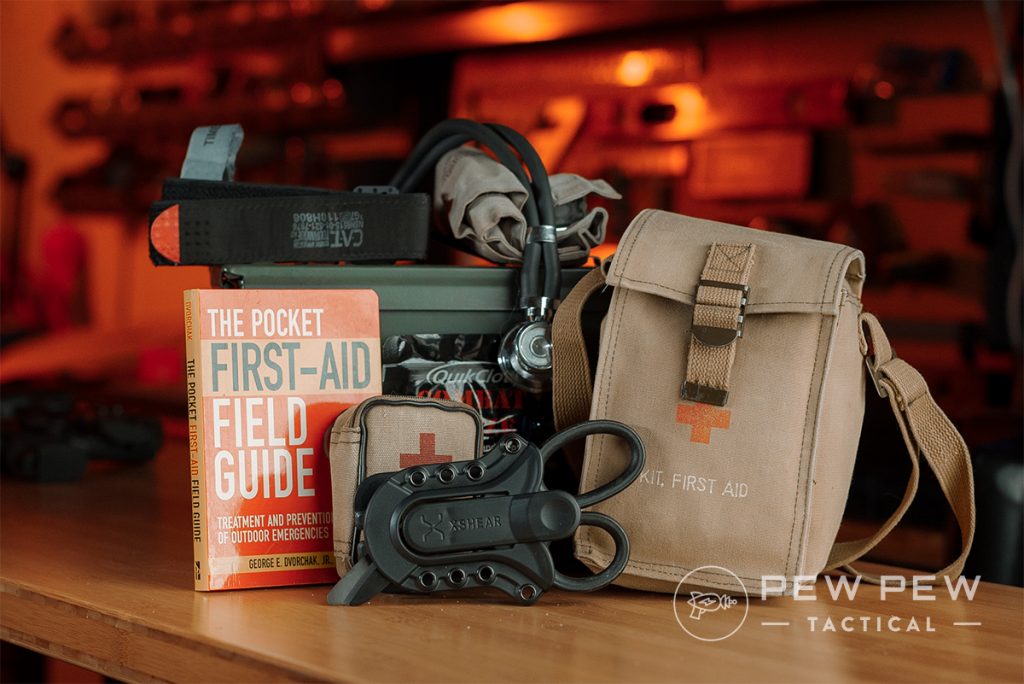
Seeking proper training and carrying proper gear can all help you to keep somebody alive until paramedics arrive on site.
A well-prepared person can make a drastic difference in the lives of those around them; this is just one more way to accomplish this.
Are gun skills more important than first aid skills? Let us know in the comments below! Just looking for something for your combat setup? Check out our article on the Best IFAKs!

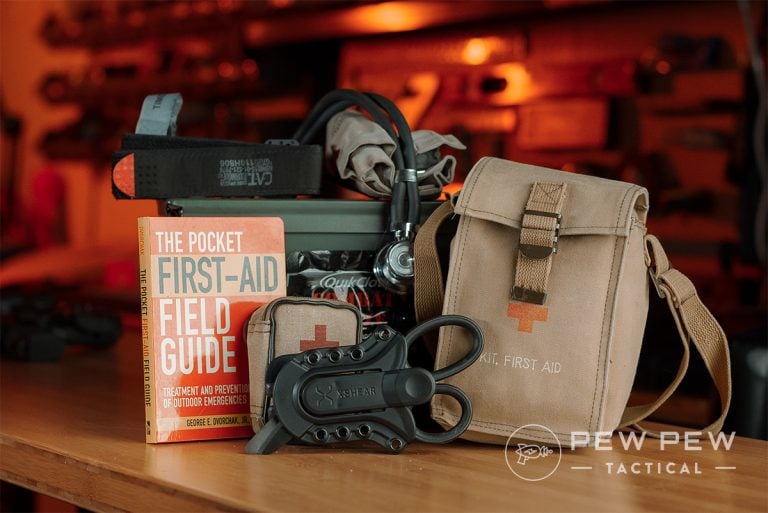









7 Leave a Reply
first aid, cpr, aed training are easily available. Then add active threat trauma care to your capabilities. Then it’s time for weapon training. From an old ex marine that is concerned about his country’s direction right now. Had put down my weapons for years, but have gotten back in the game in that training order.
I've seen a few articles on this site that talk about what IFAK or field kits and gear to carry. I have not seen nearly enough time taken to mention that in order to render proper aid, you must get proper training, certification and then practice, practice, practice, and did I mention practice? Just like you do with your firearms. Get first aid and AED certified through the Red Cross or National Heart Association. Then, go learn how to properly use pressure, hemostatic gauze, and tourniquets at stopthebleed.org. If you're really keen on it, get EMT certified. I did. Go volunteer at local sporting events, concerts, and hospitals to keep your skills sharp. Two months after I became a certified EMT, I rolled up on a motorcyle vs. car wreck on the freeway. The motorcyle rider and passenger survided, in part, due to my training. While eveyone else was standing around wondering what to do, I knew what to do and did it.
Great article, I just want to mention, if you cary a firearm, you are responsible for every bullet and piece of shrapnel and spalling caused by said bullet
A medical kit allows you to render aid to the little old lady that fell when the shooting started, or the bystander hit by a stray round (from yours or your adversaries weapon)
It also gives an option to render assistance to yourself or your attacker
And I guarantee if you defend yourself then save the attackers life once the immediate fight is over, the courts are MORE LIKELY to look favorably on your actions than if you stand over th watching them blend out while waiting on authorities to arrive.
"First Aid vs. Guns: Which Training Is More Important?"
Why is this even a question one needs to ask?
Its a little 'distracting' (although not technicality wrong in the broad sense) to just call it 'first aid', its not bumps and bruises and scrapes we are talking about. When it comes to 'high or severe impact' on bodily functions from auto accidents or falls or guns and hundreds of other things we are beyond just 'first aid' and are in the 'severe right-now-treatment of trauma' area.
If you are going to carry or use a gun there is always the risk of either your self or someone else being injured in a 'high or severe impact' on bodily functions trauma sense. So the answer is both guns and 'first aid' (as in trauma immediate treatment) training are equally important, even if the reasons for each are different.
There are literally hundreds of places to get at least basic training and supplies, and kits of all types. Some of the training is free and on line, and although not in person hands on it at least provides a familiarization with what to do for the basics and the basics in the hands and knowledge of amateurs have saved a lot of lives.
Even if you never carry a 'kit' of some sort with you, at least get some basic training and know that even 'field expedient' materials can be applied enough to save a life and how to apply them. But its also a good thing to have at least basic needed items on hand where you are instead of having to spend time fashioning something or hunting something down that you may not be able to do if you are the one injured.
Being a former Paramedic and Trauma RN (retired), of course I'm going to agree. The life you save, might very well be your own or a loved one's. My Jump Bag goes with me, anywhere I go.
Great article, I agree completely. Basic and even intermediate level first aid training is relatively cheap. Our local Cal Fire station put on a cpr class for free. The thing not mentioned in the article is that training will lessen your chances of panicking during an emergency and that's always a good thing. Again, a very good article.
Great point Mike